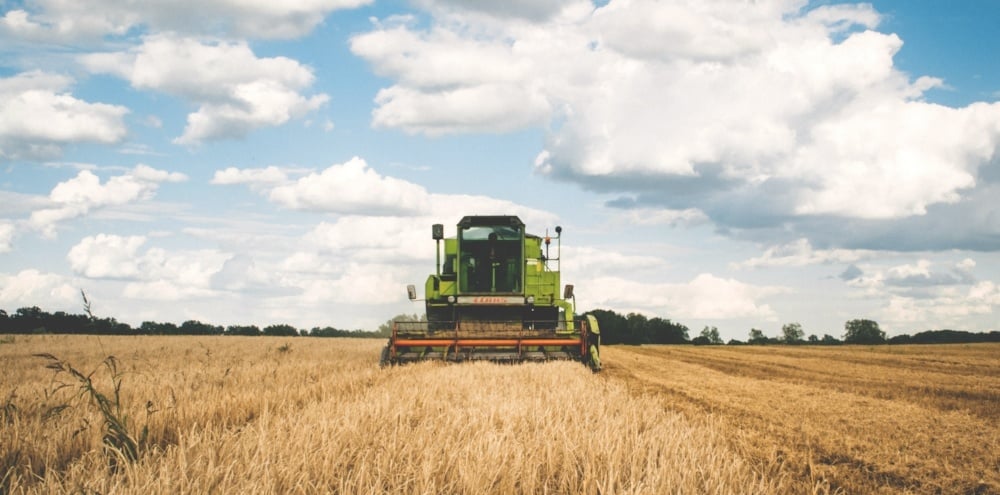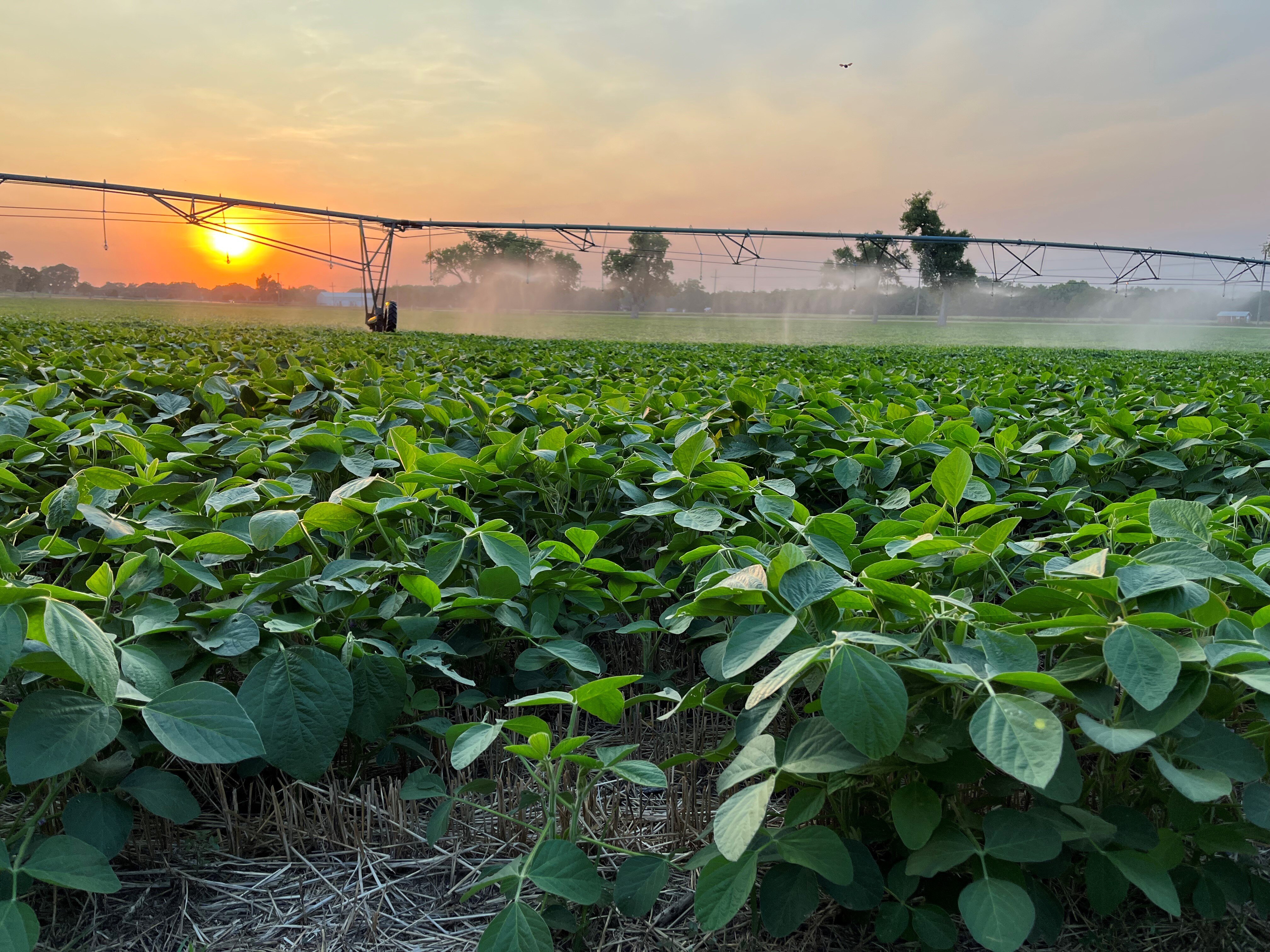(This article was updated February 28, 2022 to include changes made to the federal depreciation rules)
Overview
Depreciation is an annual tax deduction for the cost of certain business property. Depreciable property includes buildings, machinery, vehicles, furniture, and equipment. To deduct depreciation, you must own the asset, use the asset for business, and use the asset for more than one year. You cannot depreciate property if you use it solely for personal activities. If you use property partly for business and partly for personal purposes, you can deduct depreciation on the portion used for business.
Basis
To calculate your depreciation deduction, you must determine the basis of your property. Your basis includes the cost of the asset (cash paid plus value of trade if any) plus sales tax, freight charges, and installation fees.
The basis of real property includes the purchase price and other costs from your settlement statement such as legal and recording fees, abstract fees, survey charges, owner’s title insurance, and amounts paid on behalf of the seller.
Useful Life
The IRS has outlined rules for the length of time each type of asset should be depreciated. Some examples of the useful lives of assets are as follows:
|
Asset |
Useful Life (Years) |
|
Office Furniture |
5 |
|
Automobiles |
5 |
|
Agriculture machinery, equipment, and grain bins |
5 |
|
Certain farm buildings |
20 |
|
Residential rental real property |
27.5 |
|
Nonresidential real property |
39 |
Section 179
Section 179 is an election to deduct all or part of certain property in the year you place it in service instead of depreciating the property over time. The maximum section 179 deduction in 2022 is $1,080,000. The available deduction is reduced dollar-for-dollar by the cost of section 179 property placed in service exceeding $2,700,000.
Special Depreciation Allowance
The special depreciation allowance permits you to deduct 100% of the depreciation in the year the asset is placed in service. Generally, this rule can be applied to property with 20 years or less useful life that is placed in service before January 1, 2023. The percent is 80% for the year 2023. You can also elect not to claim a special depreciation allowance.
Depreciation Calculation
- Determine the basis of the property
- Determine the percentage of business use (vehicles and offices)
- Multiply the basis by the percentage of business use
- Subtract from the result amount deducted under Section 179
- Multiply the result by 100% (in 2022) for special depreciation allowance
- Multiply the result by depreciation rate (A)
(A) The depreciation rate comes from IRS tables and is determined by the type of property, the date you began using the property, and the IRS rules for the length of time the asset should be depreciated.
State Rules
Not all states follow the federal depreciation rules. Some may disallow a portion of the federal depreciation deduction and require addback adjustments to calculate state taxes.
UnCommon Farms proudly provides thousands of family farmers across North America with the advice and guidance they need to successfully manage their business finances. Click the link below for a free consultation, and learn how we can help your farm thrive and grow.
Disclaimer—Descriptions provided in this article are presented as generalities. There are many factors not listed above which may impact a depreciation calculation. This article should not be considered legal or tax advice.


.png)
